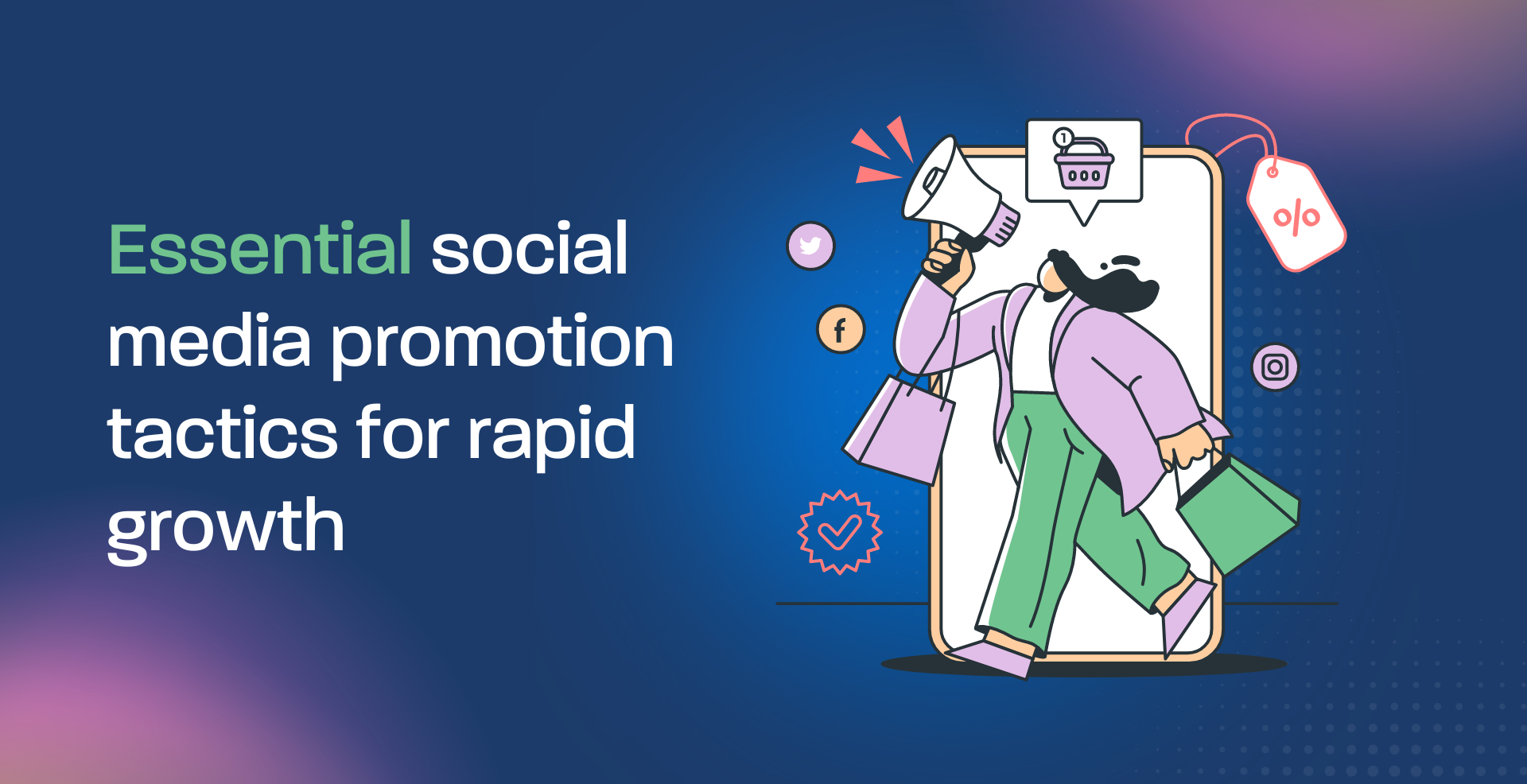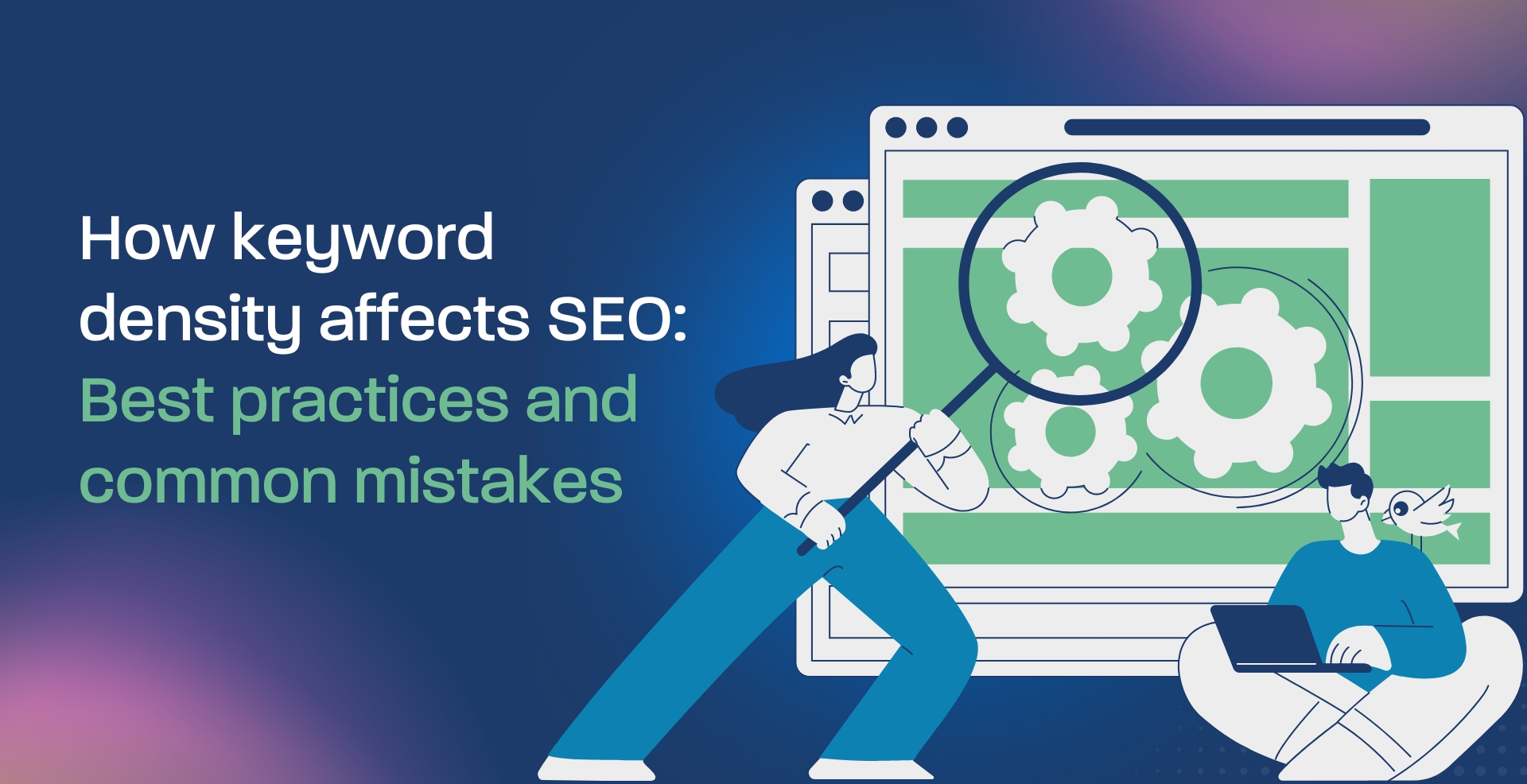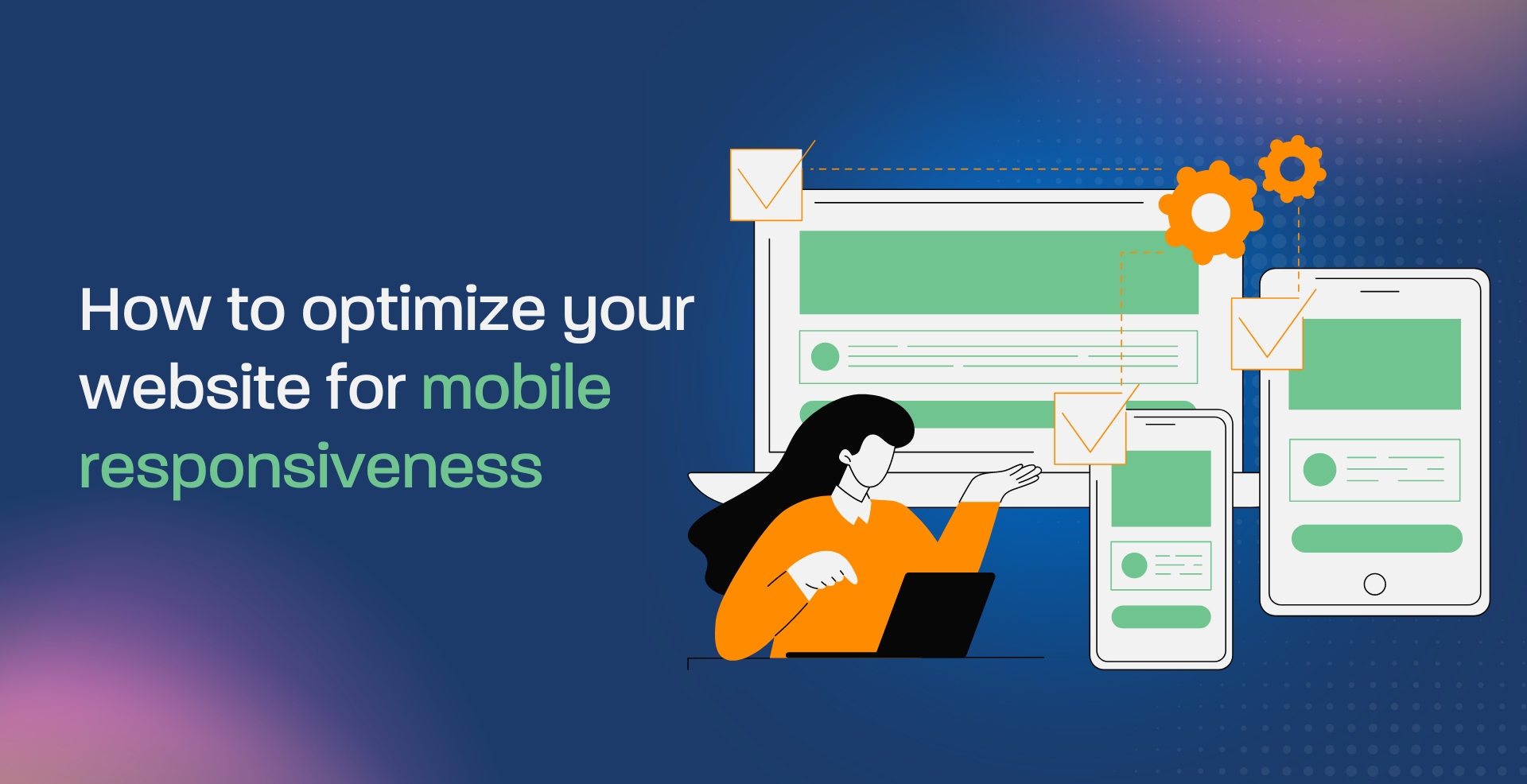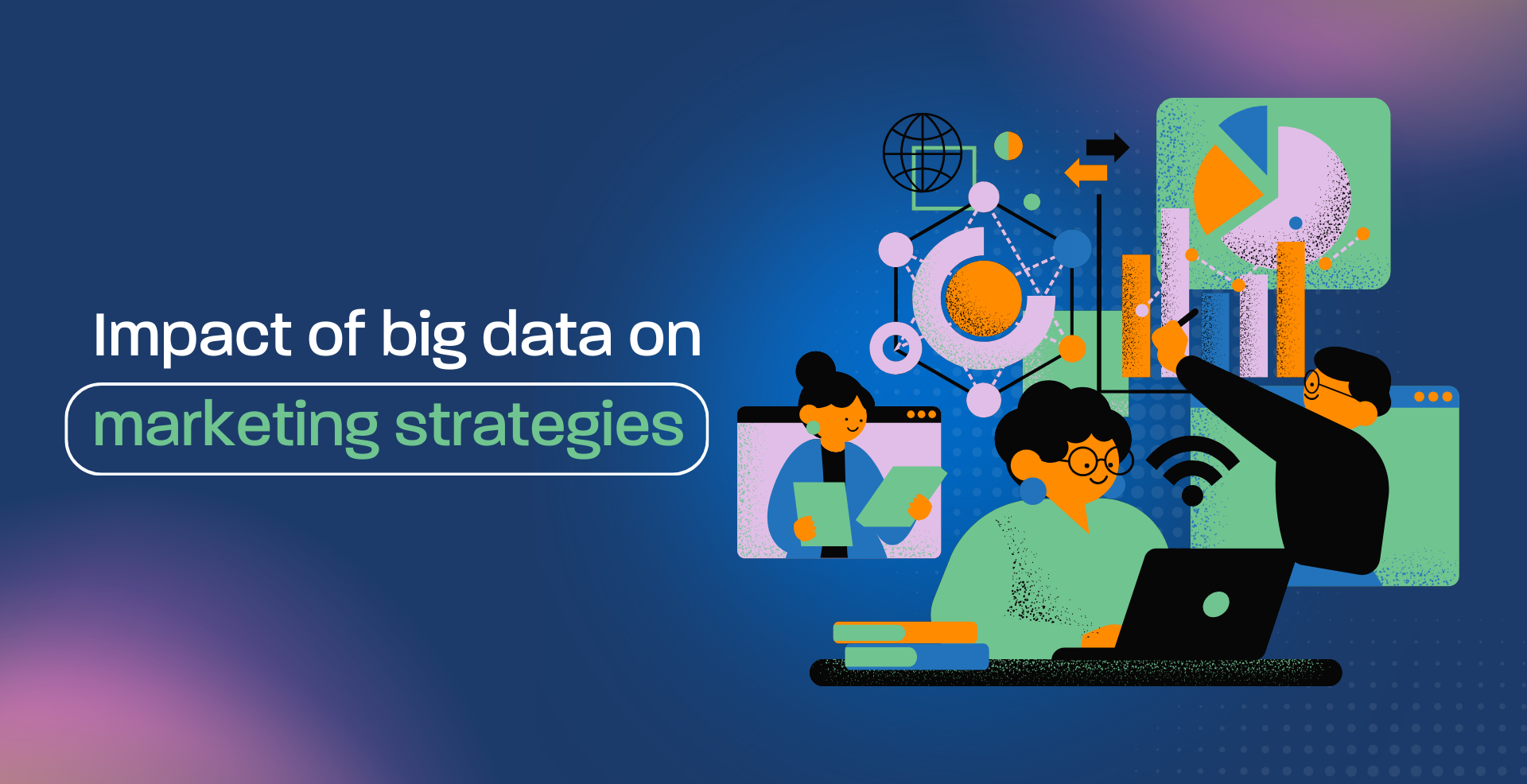Why do you prefer certain brands over others even when the products are similar? Or why do you regret what is now an impulse buy? It’s all about consumer behavior psychology.
Consumer psychology plays an essential role in shaping purchasing decisions, and understanding it can help businesses create more effective marketing campaigns that appeal to potential customers, lead to increased sales, and build stronger relationships. Consumer behavior is influenced by psychological, cultural, social, and economic factors, which vary greatly depending on the individual, background, and circumstances. Also, you can divide these consumers based on their behavior to further personalize every customer touchpoint, known as behavioral segmentation.
Let’s enter the fascinating world of consumer decision-making and explore the factors that influence their choices.
Factors influencing consumer behavior include:
- Marketing factors: These include product design, pricing, promotion, packaging, positioning, and distribution.
- Personal factors: These involve age, gender, education, and upbringing.
- Psychological factors: These include buying motives, perceptions, and attitudes.
- Situational factors: These encompass physical surroundings, social surroundings, and the element of time.
- Social factors: These involve social status, reference groups, social media, and family.
- Cultural factors: These include aspects such as religion and ethnicity.
- Lifestyle factors: These encompass status, income, and identity.
- Geographical factors: These take into account the region, country, and whether the setting is urban or rural.
Understanding the interplay of these factors is crucial for businesses aiming to comprehend and influence consumer choices effectively.
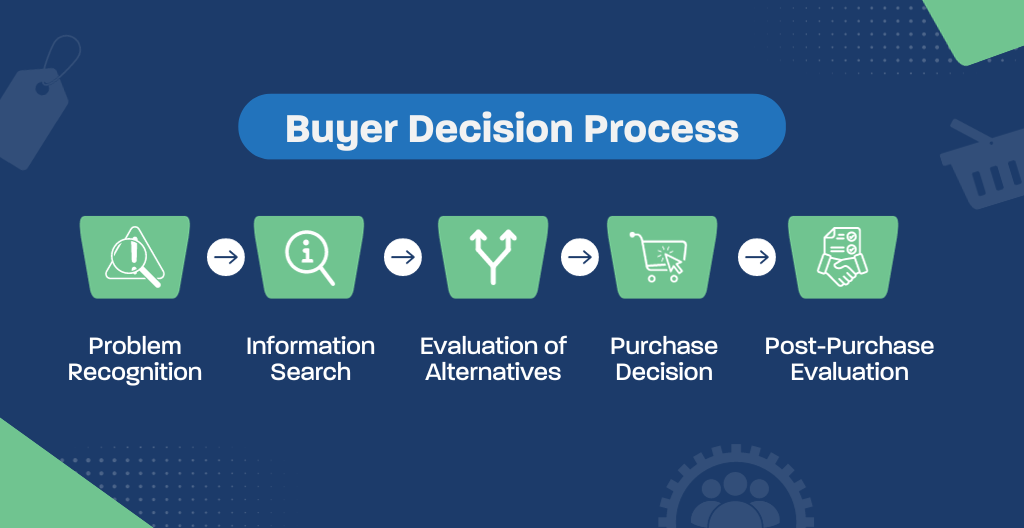
The process of consumer decision-making
The consumer decision-making process is a five-stage journey that consumers undergo before making a purchase. The initial stage is problem recognition, during which consumers identify their needs or desires. The second stage involves information search, where consumers gather data to make well-informed decisions. The third stage is the evaluation of alternatives, where consumers assess the pros and cons of different options. The fourth stage is the purchase decision, where consumers commit to buying. The fifth and final stage is post-purchase evaluation, where consumers reflect on their satisfaction with the purchase. Understanding these stages is crucial for your business so you can tailor your marketing strategies and meet consumer needs.
Problem recognition
The initial step in consumer decision-making is problem recognition, where individuals become aware of a need or desire they wish to fulfill. These needs or desires can be triggered by internal factors like hunger or external factors such as advertising or recommendations from friends. Once consumers recognize a need or desire, they begin seeking information to fulfill it.
Information search
Following problem recognition, the next step is information search. Once a consumer knows they have a need, they seek information from various sources, including personal ones like family and friends, commercial sources such as advertisements and salespeople, and public sources like online reviews. The amount and type of information gathered can vary based on the complexity and cost of the product or service being considered.
During this stage, consumers may create criteria for evaluating options, such as price, quality, brand reputation, and features. Businesses can influence decision-making by providing accurate information through channels like websites, social media, and customer service.
Evaluation of alternatives
Consumers, in the evaluation stage, consider available options based on their information search. They compare options against each other, using criteria like price, quality, features, and brand reputation. Consumers may seek recommendations or consult reviews. Ultimately, they aim to select the option offering the most value and benefits.
Purchase decision
After evaluating alternatives, consumers make the purchase. Doubts or uncertainties may still exist, so businesses can reduce risk by offering warranties, guarantees, and excellent customer service. Marketing tactics like limited-time offers and discounts can also encourage purchase decisions.
Post-purchase evaluation
Following a purchase, consumers assess their satisfaction, influencing future behavior. Positive evaluations lead to repurchases and recommendations, while negative experiences may harm a company’s reputation. Post-purchase evaluation may include cognitive dissonance, alleviated by reassurance and support from companies through follow-up communication, warranties, and return policies.
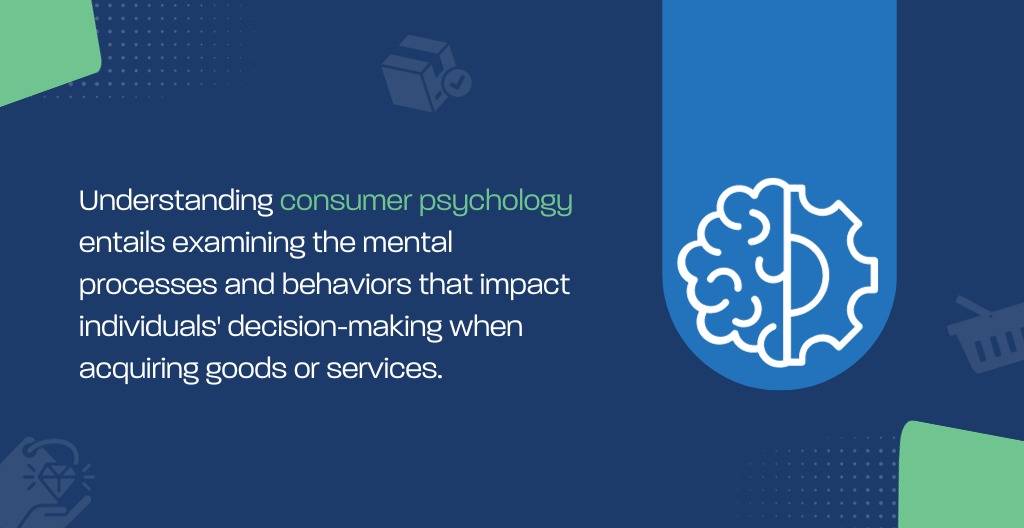
Consumer psychology involves various types of decision-making
Habitual decision buying
Habitual decision-making is a purchasing decision in which consumers make acquisitions with minimal thought or effort. This is prevalent when consumers buy low-cost, frequently purchased items like groceries or personal care products. Habitual buying behavior is influenced by experience, brand loyalty, and convenience. Consumers in this category may not actively seek information or evaluate alternatives before purchasing. Instead, they rely on habit and convenience to guide their decision-making.
Limited decision-making
Limited decision-making occurs when consumers possess some prior knowledge of the product or service but still need to gather more information to make an informed decision. In this stage, consumers consider a few alternatives before purchasing. They may rely on personal experience, recommendations from friends and family, or online reviews to narrow their choices. This type of decision-making is common for products or services that are moderately important and require some research but are not considered high-risk purchases. Examples include buying a new smartphone, choosing a restaurant for dinner, or selecting a new brand of laundry detergent.
Extensive decision-making
Extensive decision-making occurs when a consumer faces a high level of risk or investment in a product or service. The consumer will devote significant time and effort to researching and evaluating multiple options. They may seek information from various sources, such as online reviews, recommendations from friends or family, and expert opinions. The decision-making process may take several days or even weeks, and the consumer will carefully weigh the pros and cons of each option before making a final decision. Examples of products or services that may require extensive decision-making include buying a house or a car or choosing a university to attend.
Impulse buying
Impulse buying refers to making purchases on a whim without prior planning or decision-making. Consumers engage in this type of buying behavior due to various reasons, such as a sudden desire or need for a product, emotional state, or attractive sales promotions. Impulse buying is often associated with low-priced products or readily available services, such as snacks, magazines, or cosmetics. However, it can also occur with high-priced items like electronics or luxury goods. Retailers often use various marketing techniques, such as product placement or in-store displays, to encourage impulse buying and increase sales.
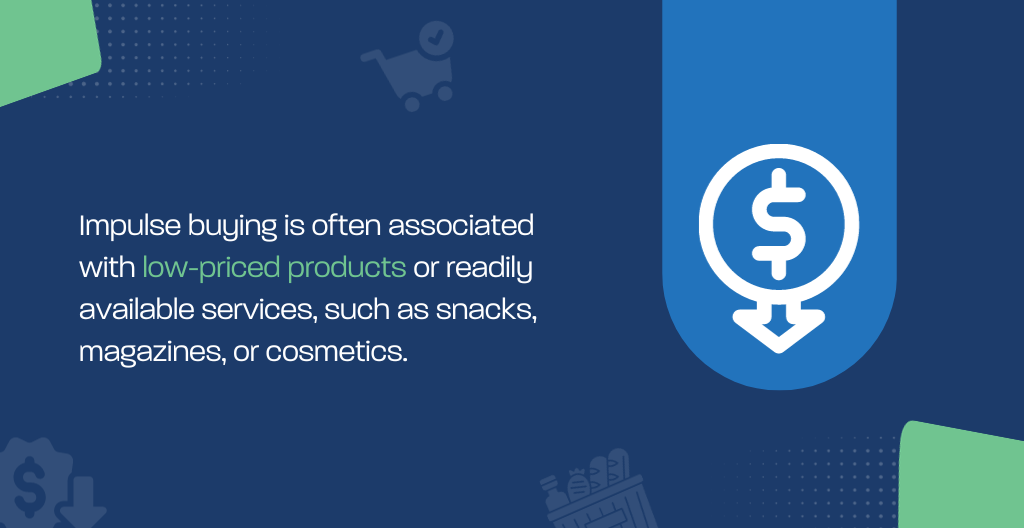
Understanding consumer psychology entails examining the mental processes and behaviors that impact individuals’ decision-making when acquiring goods or services. This encompasses the analysis of various factors, including consumer emotions, attitudes, beliefs, and motivations, alongside their perceptions of value, risk, and satisfaction. To achieve a profound comprehension of consumer psychology, conducting market research and surveys, analyzing customer feedback, and monitoring consumer behavior and trends are crucial.
Armed with this information, businesses can refine their marketing strategies and offerings to align more effectively with the needs and desires of their target audience, ultimately resulting in heightened sales and increased customer loyalty.
Through the study of consumer behavior, companies can pinpoint the factors that influence purchasing decisions, including price, quality, brand loyalty, and customer service. Additionally, this analysis allows businesses to comprehend how customers perceive their brand, enabling them to enhance the overall customer experience.
Furthermore, a grasp of consumer psychology empowers companies to craft effective marketing strategies that resonate with their target audience, ultimately leading to increased sales and revenue.
Businesses that possess a deep understanding of consumer psychology are strategically positioned to provide substantial value to their customers, paving the way for long-term success.

